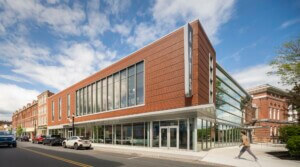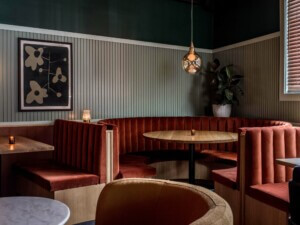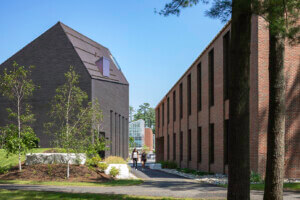After operating a well-publicized design competition, the Portland Museum of Art (PMA), a Maine-based art and cultural institution, has selected the team led by LEVER Architecture to realize The PMA Blueprint, a plan which will more than double the size of the 140-year-old museum located in downtown Portland, Maine.
The Campus Unification + Expansion International Design Competition, managed by Dovetail Design Strategists in partnership with PMA, launched in June with an RFQ release that garnered international talent from over 250 firms. The submissions were whittled down to four shortlisted finalists: Adjaye Associates, MVRDV, LEVER Architecture, and a team co-led by Toshiko Mori Architect, Johnston Marklee, and Preston Scott Cohen. In August, the finalist firms were tasked with formally putting their ideas to paper and invited to take part in site visits. The four very different schemes were unveiled to the public in November, entered a public comment period, and were ultimately evaluated by the design jury, with LEVER’s assembled team coming out on top.
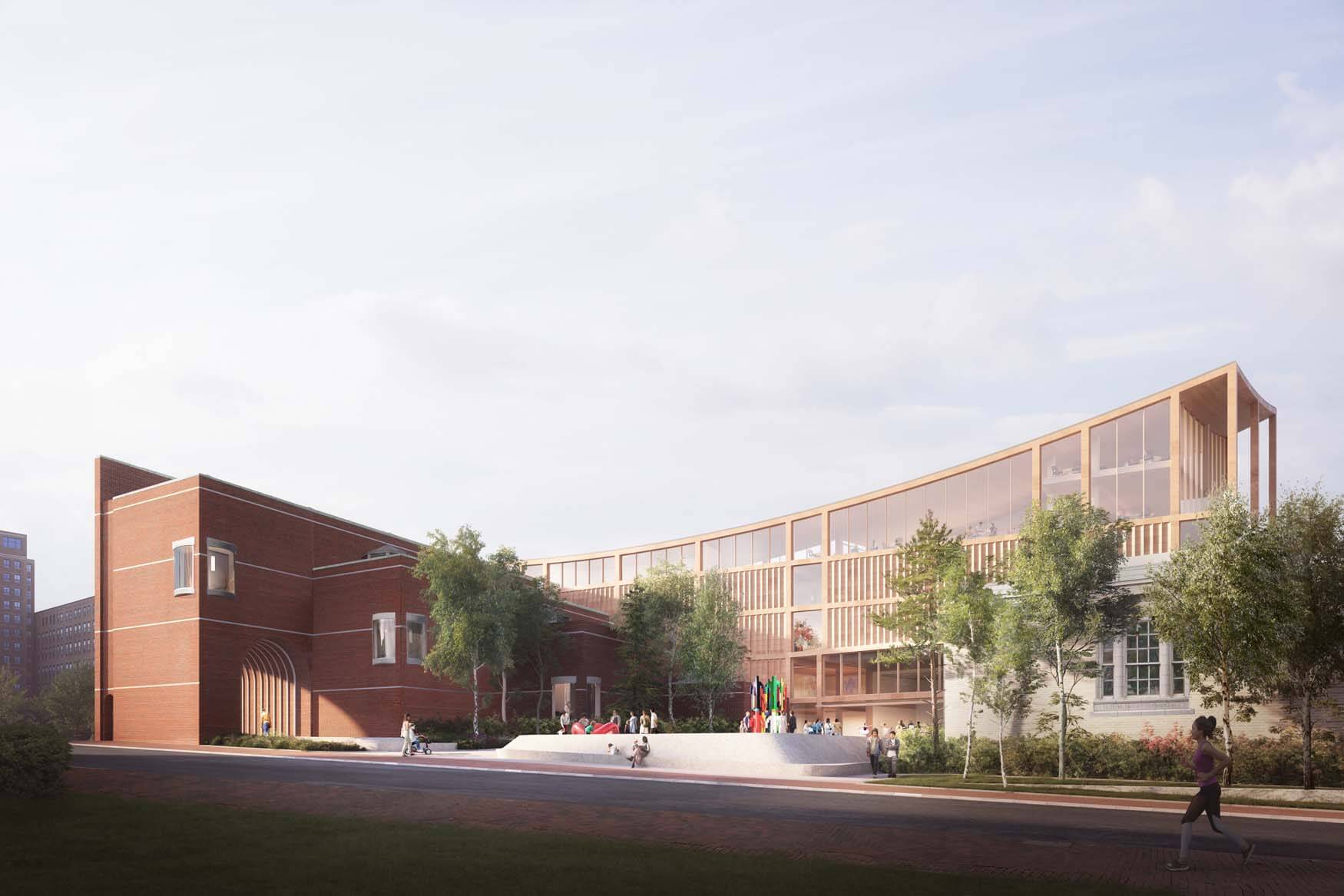
The $100 million PMA Blueprint project comes in response to record museum attendance, a diversified collection, and community feedback. Design competition guidelines asked for submissions to most importantly consider inclusivity. The winning design would be one that considered the campus in its entirety, but also thought about the larger city and the state of Maine, with a goal of being inviting for all the museum’s communities.
“We were fortunate to be able to respond to a brief that looks at a museum in a way that foregrounds community and flips the narrative of how we traditionally think about museums. That was the original brief: How do you create a museum that’s about art for all?” LEVER Architecture cofounder Thomas Robinson told AN.
In its initial qualifications submission LEVER tapped a team of codesigners and community resources including Simons Architects as Executive Architect; Unknown Studio as Landscape Architect; Once-Future Office as Signage, Graphics, and Wayfinding Consultant; Studio Pacifica as Accessibility and Universal Design Consultant; Openbox as equity and inclusion advisor; and a team of engineers and project consultants including Atelier Ten; Guy Nordenson and Associates; Thornton Tomasetti; Altieri Sebor Wieber; Arup; Woodard and Curran; Simpson Gumpertz and Heger; Stuart Lynn; and Openbox.
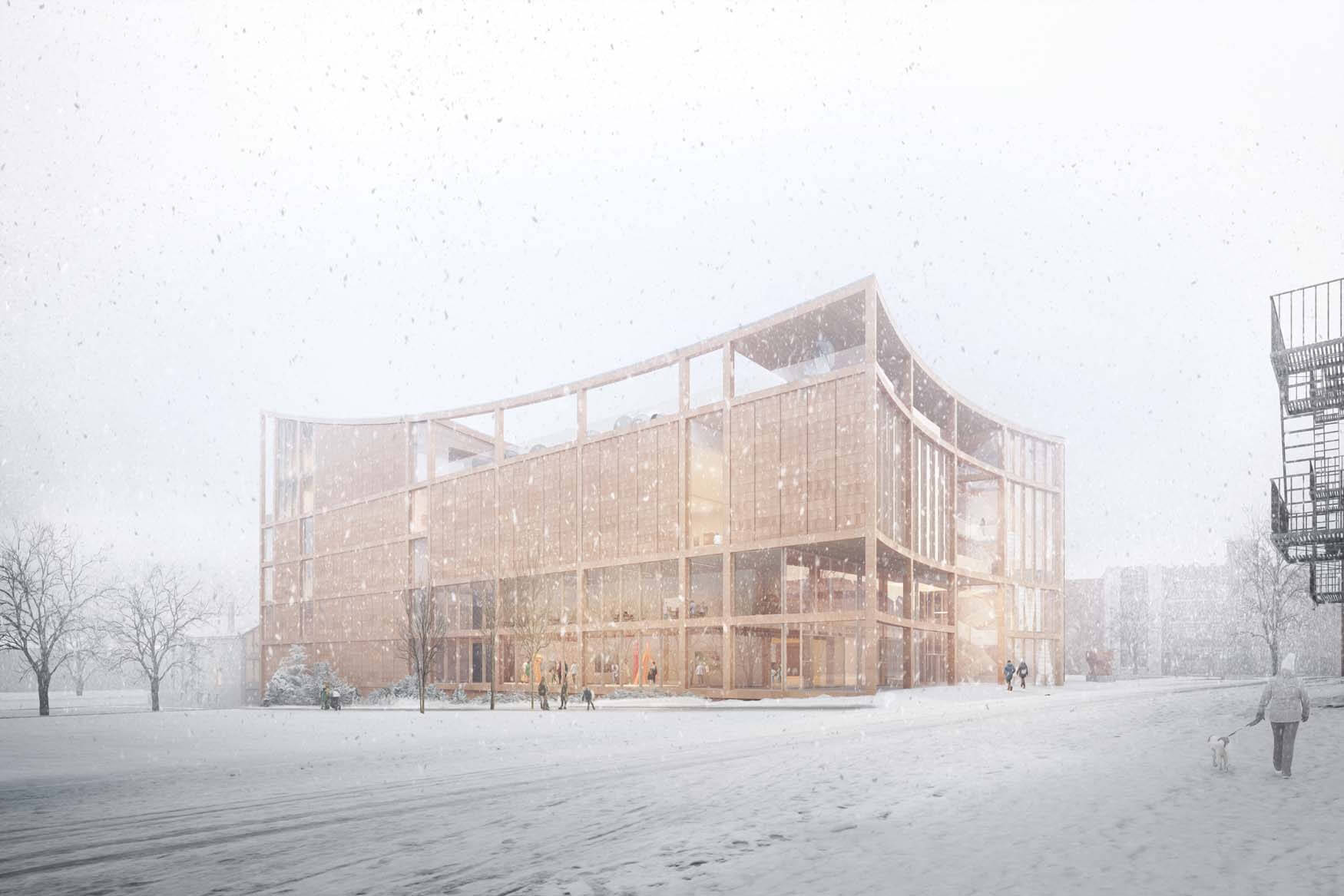
Also among these consultants was Indigenous Inclusion Advisor Chris Newell, a Wabanaki advisor from the Akomawt Educational Initiative. The Wabanaki people occupy much of the Indigenous-owned land in Maine. In conversations with Newell, LEVER observed the deep connection the state of Maine and the Wabanaki have with “celestial bodies,” in particular their engagement with sunrise.
“Chris Newell, our Wabanaki advisor, talks about Maine being the ‘Dawn Land’ that the Wabanaki people for the last 11,000 years, their focus has been really to greet the dawn, that’s really been what is sort of integral to their culture,” Robinson continued.
To replicate this phenomena within its design LEVER has proposed a timber addition with a scooping roofline curved to perfectly align with the sun’s positioning on the summer solstice, essentially cradling it within the building’s frame. And similarly during the winter solstice, sun beams through the facade facing Free Street and Spring Street allowing light to enter the museum complex through Congress Square and a new cutout arch on the Pei Cobb Freed–designed Payson Building.
LEVER’s scheme doesn’t just expand the museum an additional 60,000 square feet offering more public and gallery space: It will also unify the campus, currently marked by four disparate structures built in different centuries in varying architectural styles. Robinson described each of the buildings comprising the museum’s current footprint as “islands” and with his team devised a plan that strives to form connection points between the new timber addition and the existing structures.
A new archway through the existing Payson building toward Congress Square will allow visitors to circulate into the sculpture garden, bringing the city into conversation with the entire museum campus.
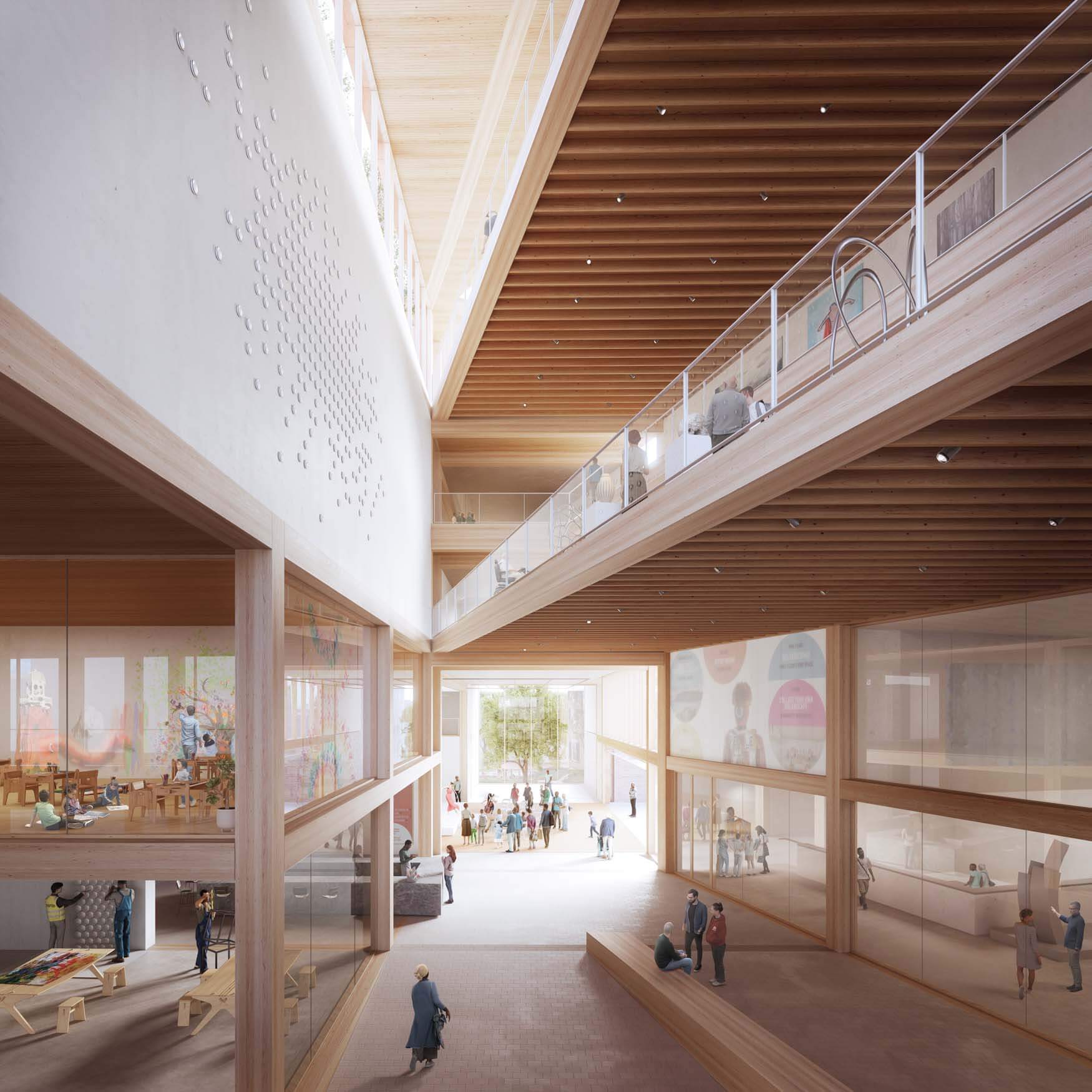
While LEVER’s plan underwent a public comment and jury review, it is still very much a work in progress, with design and material decisions still to be made. Among these are sustainability considerations and the level of intervention to the existing buildings. LEVER, which has offices in Portland, Oregon, and Los Angeles, has a strong portfolio of projects that implement regionally sourced building materials. The firm is eager to source timber and terra-cotta for the PMA within Maine.
Robinson noted that “there’s an incredible amount of momentum in the northeast around sourcing regionally. I think this building could be a catalyst for moving that forward.”
In addition to considering low-carbon building materials, LEVER’s scheme also includes a closed geothermal loop system that will harvests heat from deep within the earth.
By creating a seamless circulation pattern from the street through to the buildings and the interstitial locations staged throughout, the entire campus will become more connected and flexible. Large glazing installed within the addition allows visitors to see into makerspace studios and community galleries, and a rooftop deck offers a place for hosting events, staging art installations, or observing the serene landscape below.
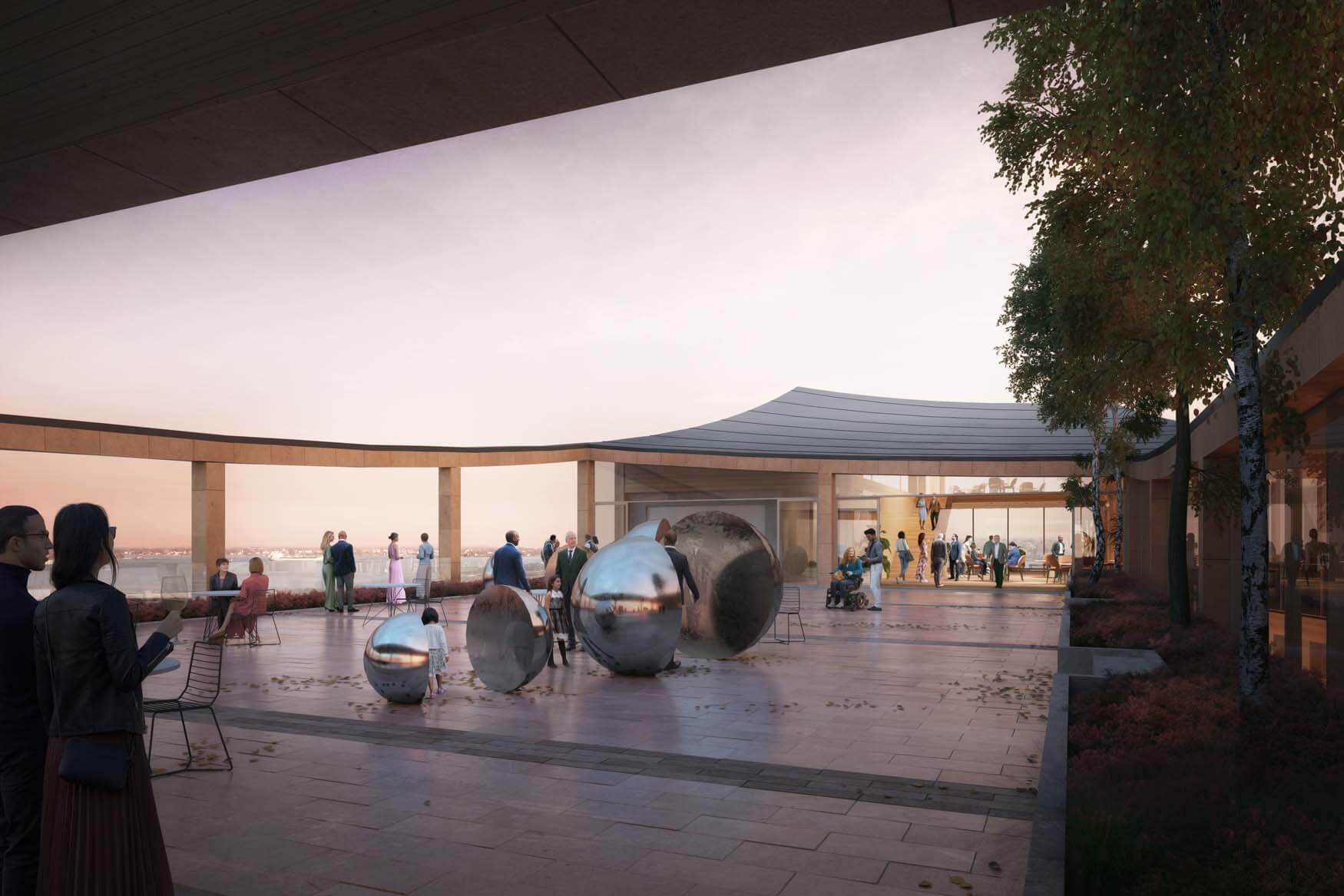
“We want to sort of create a design where you can see yourself in the museum and can see activity happening. You can see people sitting on the terrace, and you would actually say, ‘Hey, that’s a place that I feel like I belong, that’s really part of my life and the community as a whole,’” Robinson said.








